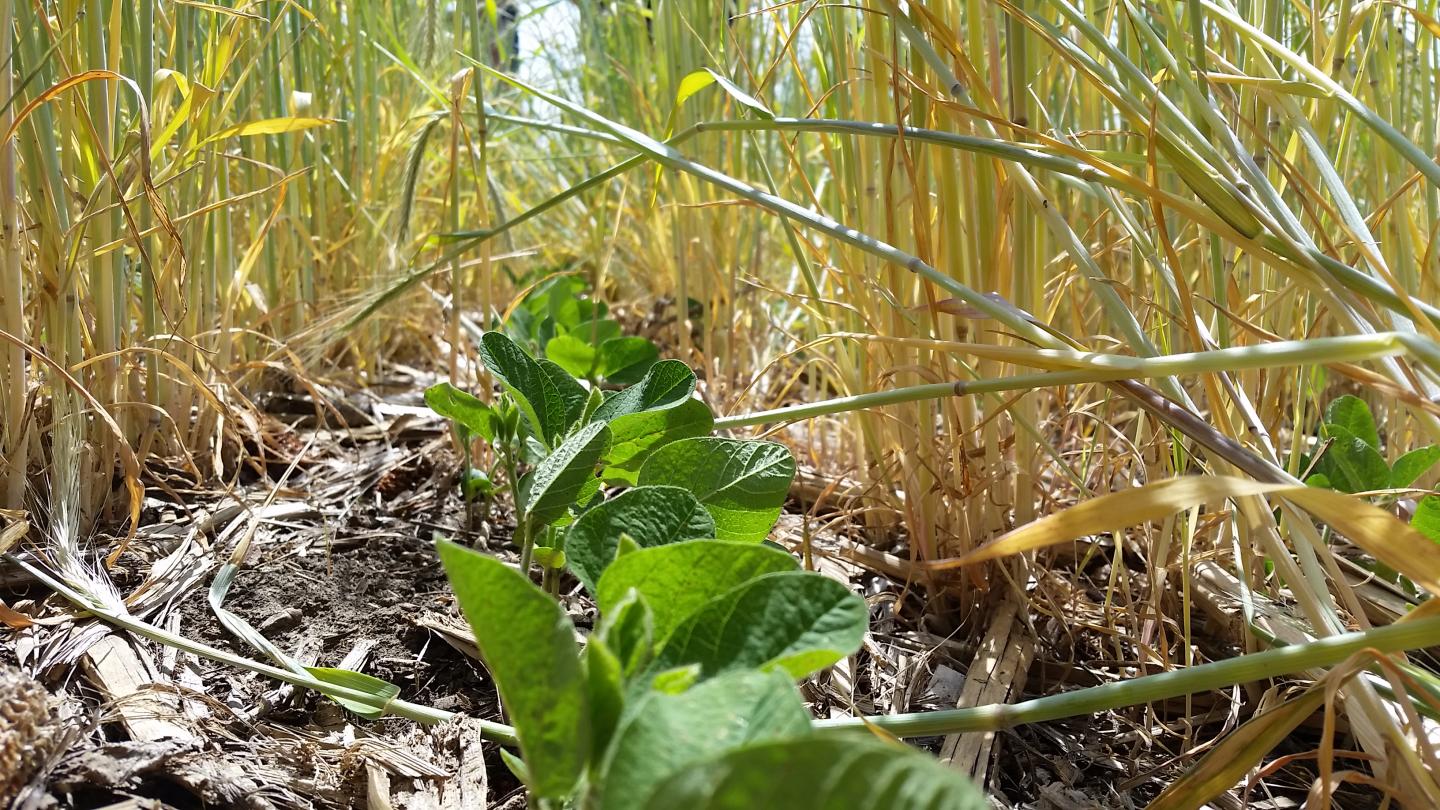South Dakota Cropland and Agronomic Management
Cropland makes up more than 19,800,000 acres of South Dakota Farmland use (2017 Census of South Dakota Agriculture State Profile (nass.usda.gov)) and includes areas used for the production of crops for harvest, crops grown for cover and hay land. NRCS staff support customers in meeting their conservation objectives by providing conservation planning and technical assistance used to make natural resource management decisions.
General Resources
SD NRCS Crop Yield Tables
Farming Equipment Pocket Identification Guide
Farming with Crop Residues
Tracking Tillage & Residue Over Time
2021 Cropping Systems Inventory (Focus on Soil Health)
2019 Cropping Systems Inventory
2017 Cropping System Inventory
2015 Cropping Systems Inventory
2013 Residue and Tillage Survey
2004 Residue and Tillage Survey
Erosion
Erosion and damage which results from extreme weather events capture people’s attention, but more often soil erosion is a gradual process in which soil particles are detached by water or wind and are transported offsite or away from the point of origin. Although sometimes hard to visualize, this movement reduces agricultural land productivity and cause air and water quality concerns. NRCS has erosion prediction tools and conservation practices to assist land managers in implementing conservation systems which address soil erosion.
Management Practices and Techniques

Soil Health Principle #4: Keep a continual living plant/root!
Nutrient Management
The 4Rs of nutrient stewardship optimize nutrient application by applying the right nutrient source at the right rate at the right time in the right place to improve nutrient use efficiency by the crop and to reduce nutrient losses to surface and groundwater and to the atmosphere.
Commercial Fertilizer
SD-JS-590 (XLSM - Version 2.0)
SDSU Fertilizer Recommendation Guide
Recommended Soil Sampling Methods for South Dakota
Quantities of Plant Nutrients Contained in Crops

Manure
Comprehensive Nutrient Management Planning (CNMP)
4 R’s of Nutrient Stewardship: Right Source, Right Rate, Right Time, Right Place
More on Manure Management

